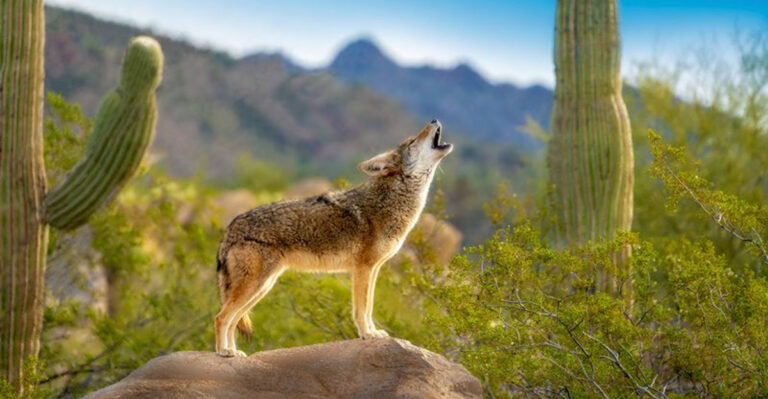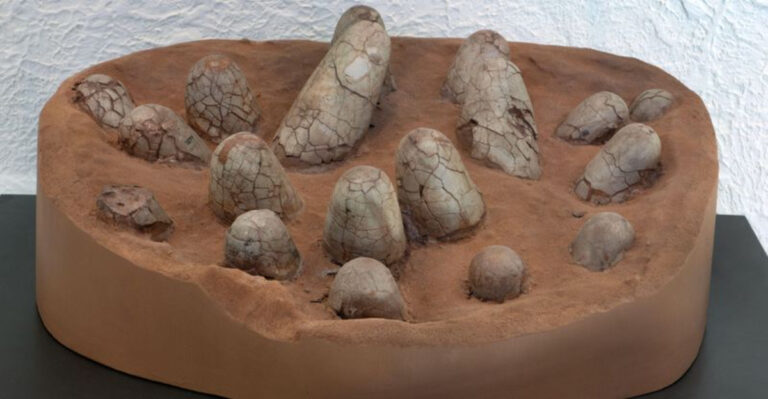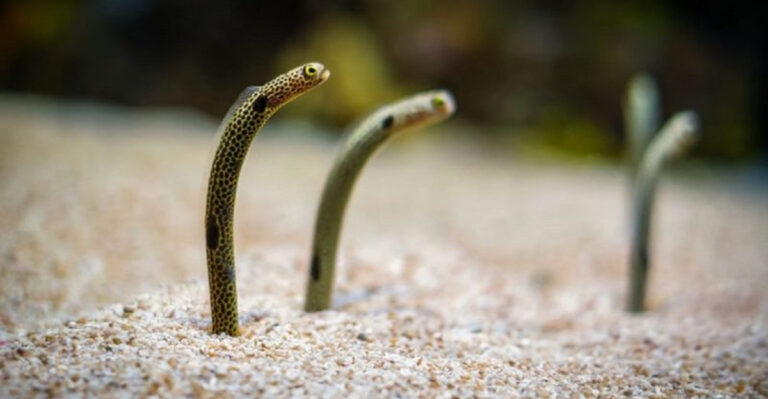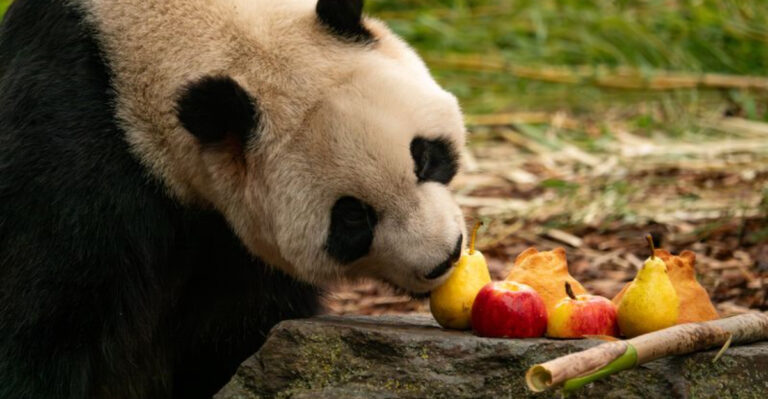Archaeologists Find 25,000-Year-Old Mammoth Rib Pierced With An Arrow From Early Human Hunters
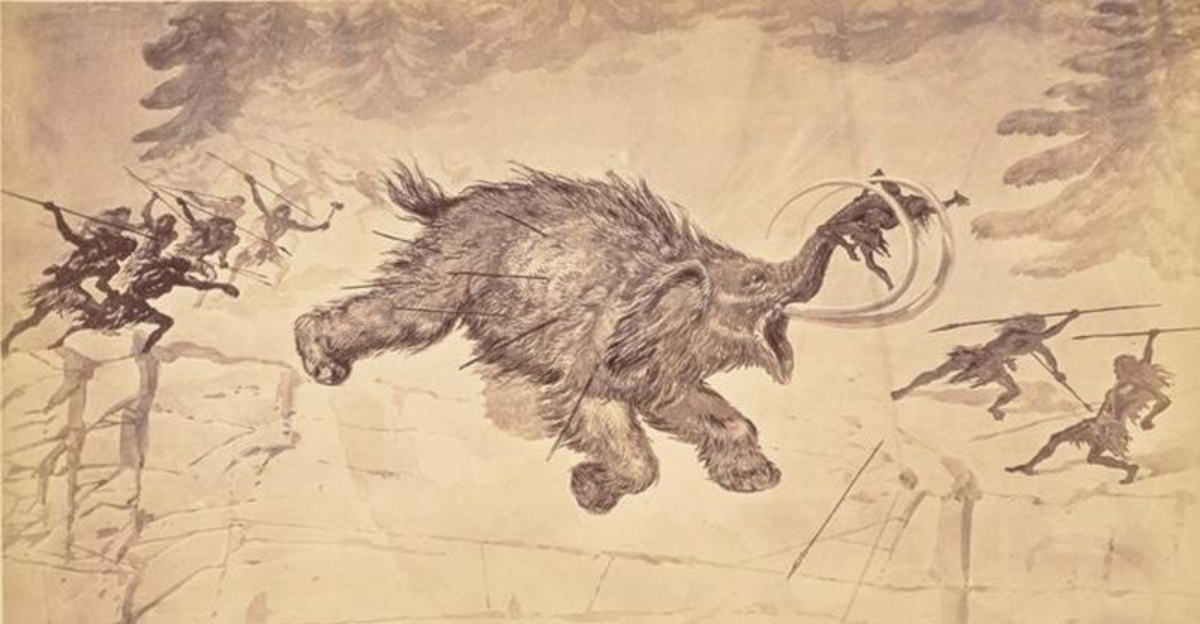
Imagine stumbling upon a 25,000-year-old mammoth bone with an arrow still stuck in it! This remarkable discovery has changed how scientists understand early human hunting abilities.
The pierced rib provides solid proof that our ancestors weren’t just scavengers but skilled hunters capable of taking down the largest animals on the landscape, despite having simple tools and weapons.
The Discovery Of The 25,000-Year-Old Mammoth Rib With An Arrowhead
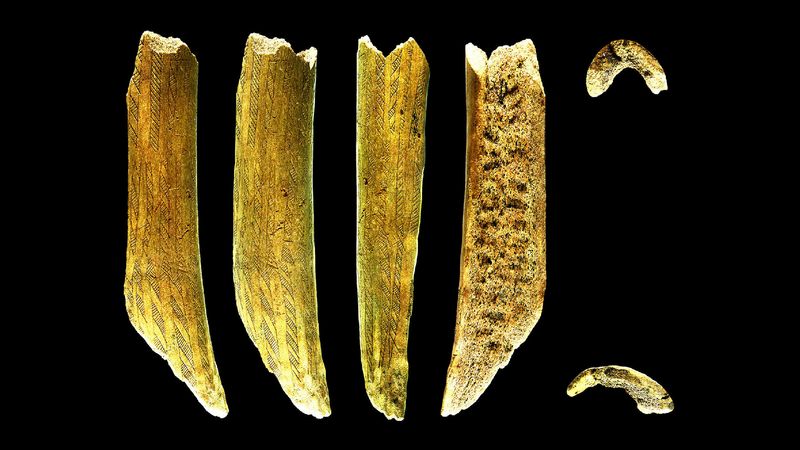
Buried beneath layers of sediment, this extraordinary find stunned archaeologists working at a dig site in Eastern Europe. The team initially thought they’d found just another mammoth bone.
Upon closer inspection, they noticed something unusual protruding from the massive rib. Carbon dating confirmed the specimen’s impressive age, placing it firmly in the Upper Paleolithic period when humans and mammoths shared the ancient landscape.
Uncovering The First Direct Evidence Of Early Human Hunting
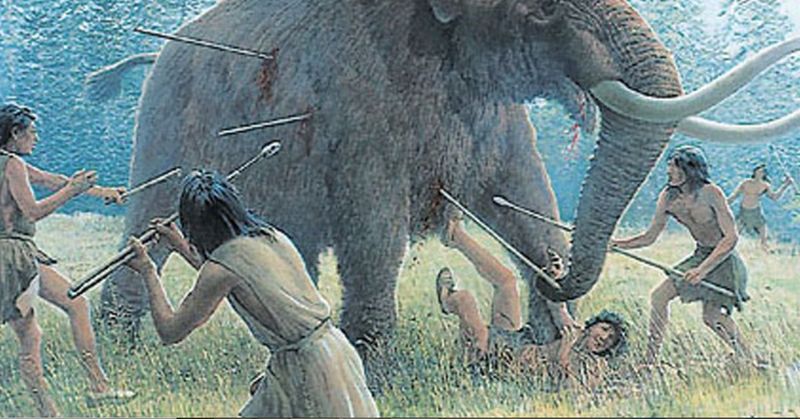
Before this game-changing discovery, scientists could only guess about our ancestors’ hunting capabilities. Scattered tools and butchered animal remains told part of the story, but skeptics argued humans might have simply scavenged already-dead animals.
This mammoth rib shatters those doubts. The embedded arrowhead creates an undeniable connection between hunter and hunted, proving our ancestors actively pursued these massive beasts rather than waiting for them to die naturally.
The Significance Of The Flint Arrowhead Embedded In The Rib
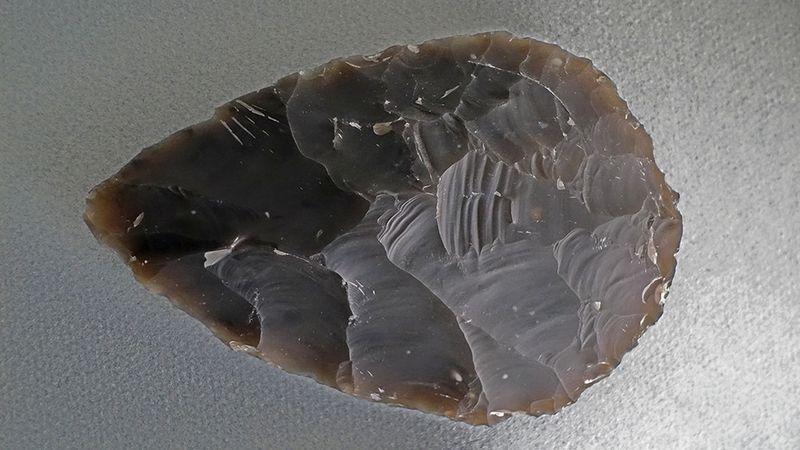
Crafted from flint, the arrowhead reveals the technological sophistication of our ancestors. Its distinctive shape matches other projectile points from the same era, confirming it wasn’t just a random shard.
Microscopic analysis shows deliberate flaking techniques used to create sharp edges. The arrowhead’s position in the bone suggests it penetrated deeply during a hunting attack, remaining lodged as the mammoth fled or continued fighting before eventually succumbing to its injuries.
How The Arrowhead Penetrated The Mammoth’s Thick Skin
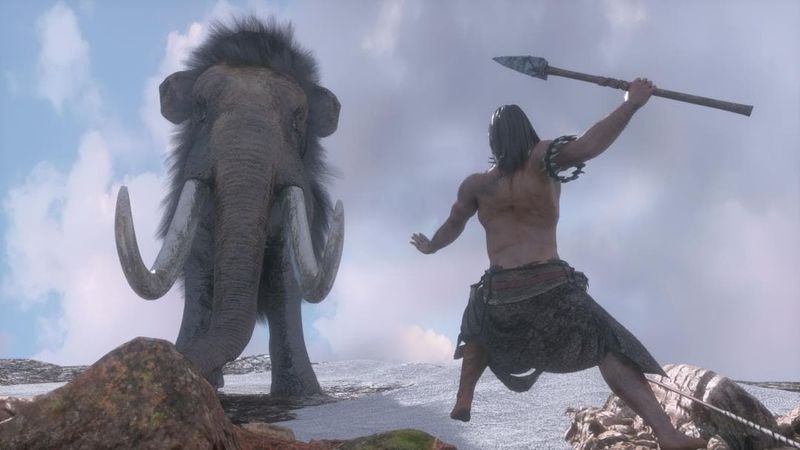
Woolly mammoths wore natural armor – thick skin covered by a dense layer of fur and fat that could reach 3-4 inches thick in winter. For hunters to penetrate this protective barrier required incredible force and precision.
Experts believe the arrowhead was likely attached to a wooden shaft and propelled using a spear-thrower or atlatl. This simple but effective technology dramatically increased throwing distance and power, allowing hunters to strike from a safer distance with enough force to pierce the mammoth’s natural defenses.
Implications For Understanding Early Human Hunting Techniques
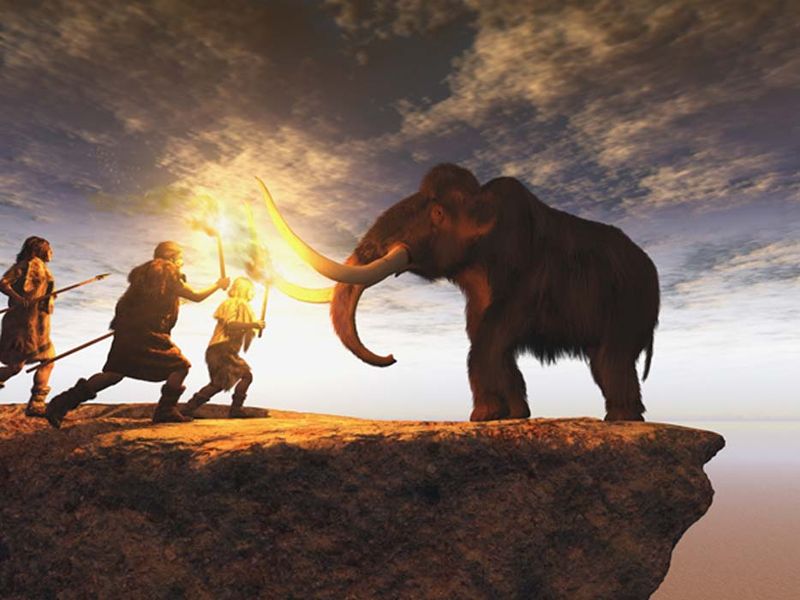
A single hunter couldn’t bring down a mammoth alone. The positioning of the arrow wound suggests a coordinated group attack – perhaps driving the animal toward an ambush point or natural trap like a bog or ravine.
Marks on the bone hint at a sophisticated understanding of mammoth anatomy. Our ancestors targeted vulnerable areas where the hide was thinner. This knowledge passed down through generations helped ensure hunting success and group survival during harsh ice age conditions.
The Role Of Mammoths In Prehistoric Human Diets And Culture
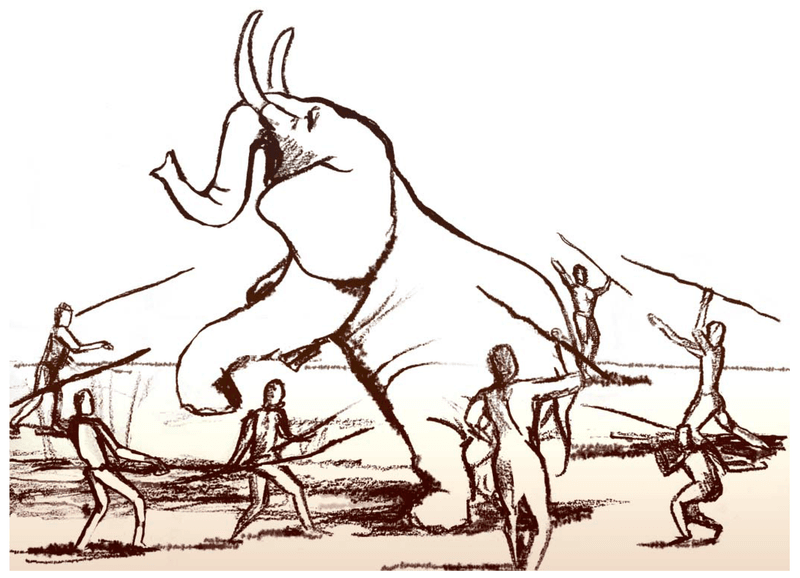
A successful mammoth hunt meant weeks of abundance for the entire community. Every part had value – meat for food, fat for fuel and waterproofing, bones and tusks for tools and shelters, hide for clothing and tent covers.
Beyond practical uses, mammoths held spiritual significance. Cave paintings across Europe depict these majestic creatures with remarkable detail. The discovery of mammoth figurines and ceremonial objects suggests these animals occupied a special place in early human culture and belief systems.
Evidence Supporting Active Hunting Over Scavenging Practices
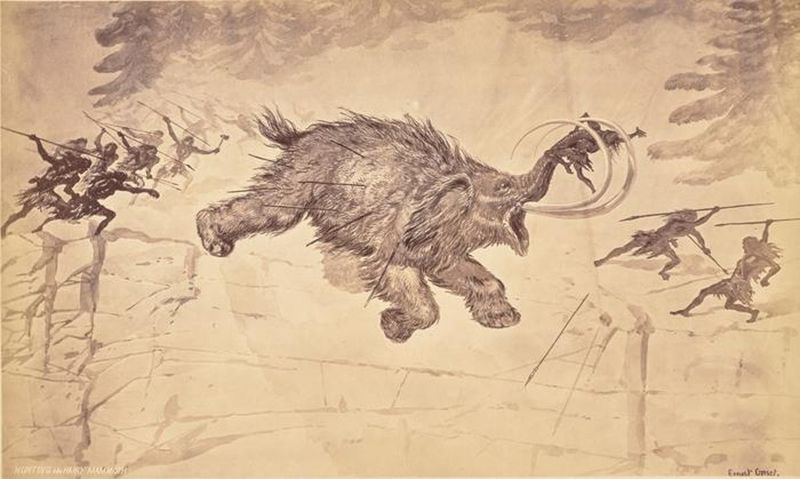
Fresh wound patterns tell the critical story. When an arrow strikes living tissue, it creates distinctive damage different from marks on already-dead animals. The mammoth rib shows signs of healing around the wound – proof the animal was alive when struck.
The location of the wound also matters. Scavengers typically target easy-access areas first, like the belly or throat. This rib wound indicates a deliberate hunting strike to a vital area, part of a strategy to bring down a living, fighting mammoth rather than feeding on an existing carcass.
What This Discovery Tells Us About The Extinction Of Mammoths
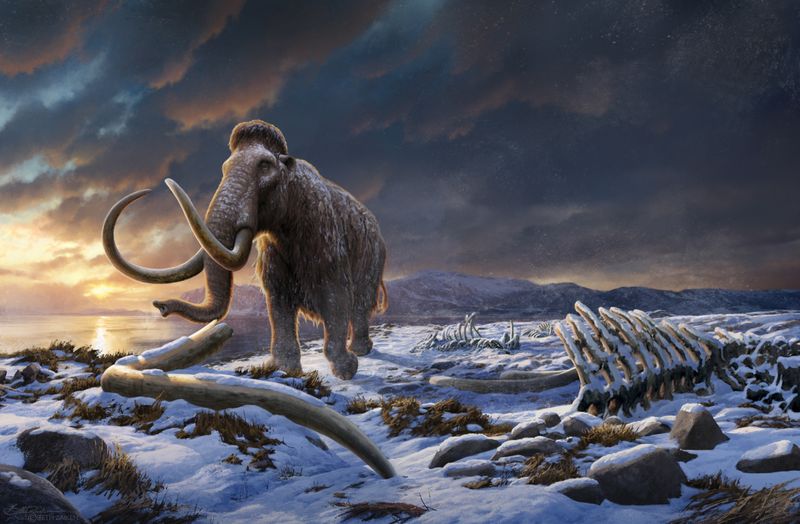
Could our ancestors have hunted mammoths to extinction? This discovery adds fuel to the debate. While climate change played a major role as the Ice Age ended, human hunting pressure likely delivered the final blow to already-struggling populations.
The timeline matches perfectly – mammoth numbers declined sharply as human hunting technology improved. This single rib with its embedded arrowhead represents thousands of similar hunts across continents, collectively pushing these magnificent creatures toward their eventual disappearance around 4,000 years ago.


